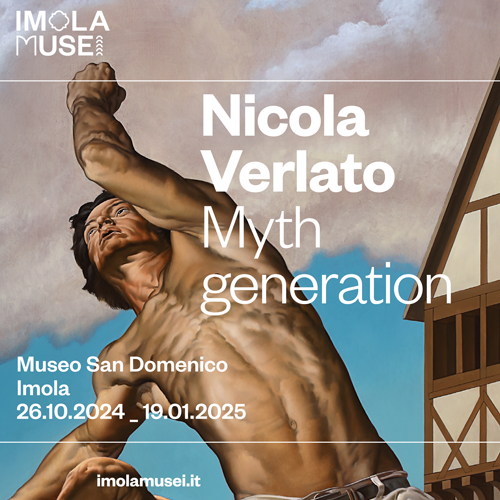The colossal head of Titus from the MANN will be at the Gallerie d'Italia in Naples for the next few months
The Gallerie d’Italia in Naples welcomes the colossal head of Titus from the MANN National Archaeological Museum in Naples in their monumental entrance hall, starting Feb. 23 and for the next few months. After theAtlante Farnese, from the collections of the National Archaeological Museum of Naples, and Mirò’s sculpture, Oiseau Solaire, from the Intesa Sanpaolo Collections, the colossal head of Titus will in fact be placed as one of the particularly valuable works from both Intesa Sanpaolo’s art collections and from important Italian and foreign museums that are cyclically housed in the atrium on the first floor of the exhibition venue.
The work was found in Rome in 1872, during work on the foundation of the Ministry of Finance on the corner of Via XX Settembre and Via Pastrengo.
Despite the desire to create an ideal effigy, a customary practice for deified emperors, this colossal portrait retains a strong physiognomic characterization, with a studied contrast between the liveliness of the very wavy curls and the smooth, patinated surfaces of the face, whose rounded appearance is accentuated by the marked double chin and the broad forehead. Peculiarities that point to a date later than the reign of Titus, in the time of his brother Domitian, and suggest that the statue belonged to the Templum gentis Flaviae, a temple and mausoleum on the Quirinal in which members of the imperial family were buried, moving its execution to around 95 AD.
Photo by Vito Lorusso.
 |
| The colossal head of Titus from the MANN will be at the Gallerie d'Italia in Naples for the next few months |
Warning: the translation into English of the original Italian article was created using automatic tools. We undertake to review all articles, but we do not guarantee the total absence of inaccuracies in the translation due to the program. You can find the original by clicking on the ITA button. If you find any mistake,please contact us.





























